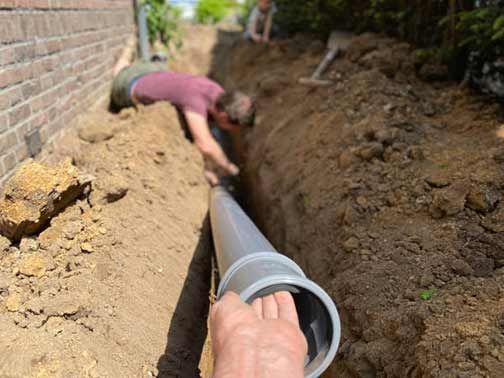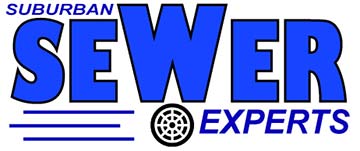
A healthy sewer line is an essential element for the long-term function of your home’s drainage system. But sewer line maintenance is not something that comes naturally to most homeowners. According to Atara Property Management, this is partly because most of your home’s sewer system is buried in the ground. Being underground often means that this vital section of your plumbing is also out of your mind.
Since most homeowners unintendedly neglect the sewer system, problems in their main sewer line not only tend to surprise them, but the issues often cost more to fix than they should normally. The simple reason for this is that little attention is paid to the sewer line, and problems in the system are often ignored and allowed to grow out of control.
Every home can benefit from a program of preventive maintenance of its sewer system. Instead of waiting until problems happen, this program preempts and solves sewer line issues at their early stages, with minimal impact on the plumbing, building, and homeowner’s wallet. If you are looking to create such a program for your home, what should be its main components?
- Know what to keep out of your drains
The following category of items should never be allowed to go into your home’s drainage system:
- Fat, oils, and grease (FOG): Fats, grease, and oil harm drainage systems by congealing inside the cold air of the pipe environment. The hardened mass that results sticks to the sides and bottom of the pipe channels, slowing the flow of water and trapping the debris in wastewater.
- “Flushable” items: Despite what their label says, do not put the following items into your toilet: wipes, paper towels/napkins, diapers, dental floss, feminine hygiene products, tissues, cigarette butts, cotton swabs, condoms, cat litter, etc. Only water, human waste, and toilet paper should be disposed of in your toilet.
- Some types of food waste: Coffee grounds and eggshells will cause problems in your sewer line. Also, starchy and fibrous foods, like mashed potatoes, potato peels, celery, corn husks, asparagus, fruit rinds, rice, and pasta. Dumping things like bones, fruit pits, and large food scraps into your drain is a NO.
- Install drain screens: To help you catch hair and soap scum in the bathroom and food scraps or other debris in the sink drain, install the appropriate strainer on these fixtures. Remember that, to remain effective, drain screens and strainers must be cleaned periodically.
- Protect your sewer line from tree roots
Tree roots can cause unseen damage to your sewer line. Sometimes this happens because tree roots displace the sewer line by growing over or under it. Other times, tree roots block the sewer line by penetrating it to gain access to the water and nutrients inside the pipes.
To prevent tree root damage to your sewer line:
- Remove nearby trees and shrubs: This is the most effective long-term solution for tree root invasion of sewer lines. However, it is not always ideal because of the value trees bring to a home.
- Cut tree roots periodically: If the trees are important to the aesthetic appeal and value of your home, instead of cutting the trees, the roots should be cut yearly.
- Control tree roots: This can be done by installing underground tree root barriers at strategic locations between the sewer line and tree roots, to prevent contact between the two.
- Avoid chemical drain cleaners
Chemical drain cleaners offer a quick and convenient way to remove clogs from your drainage pipes. The trouble with them is twofold; they contain powerful corrosives, and most use intense heat as their primary method for removing clogs. In drains where these products are used often, the intense heat and corrosive components of chemical drain cleaners eventually cause damage to the sewer pipes. Instead of chemical drain cleaners, use environmentally-friendly and safe enzymatic drain cleaners.
- Inspect and clean the sewer line annually
A big part of the difficulty of managing a sewer system lies in the fact that homeowners often have no way of knowing what is going on inside their main sewer line. Since they don’t understand how the line functions or its physical condition, it is hard for them to take early action to fix problems.
This difficulty is resolved in two simple steps:
- Annual sewer camera inspections: This is a sewer line inspection by a licensed plumber using a specialized waterproof camera to shoot a high-resolution video of the inside of the line. This helps you identify problems in the sewer line and take prompt action to fix them.
- Yearly professional drain-cleaning: Once a year, to keep your sewer line healthy, it is recommended that you clean the line using hydro jetting or sewer rodding. This step will remove any buildup inside the pipes, including tree roots, grease, sludge, and other types of stubborn debris.
Lastly, you want to acquaint yourself with the warning signs of problems in your sewer line to improve your ability to respond quickly. You also want to find a good drain specialist in your area. It is hard to find a good plumber when you’re already dealing with a sewer line emergency in your home.

